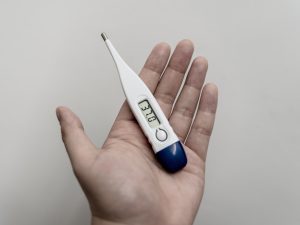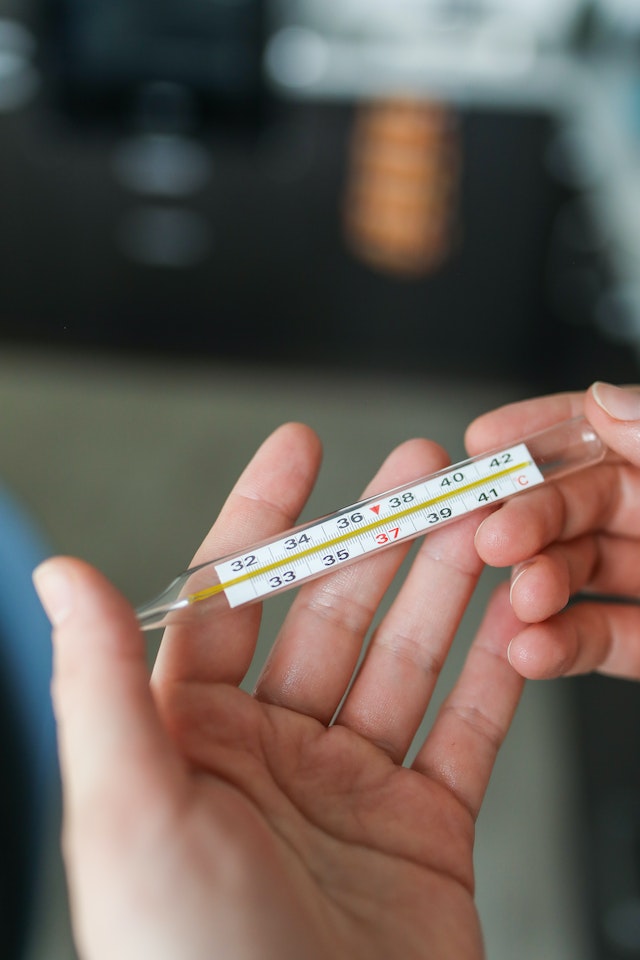Introduction
In the era of the COVID-19 pandemic, the emergence of symptoms like high fever has led to widespread concern. To unravel the intricacies of this connection, we turn to Dr. Emily Reynolds, an esteemed infectious disease specialist with a wealth of experience in combating pandemics. In this article, Dr. Reynolds will provide expert insights into the link between high fever and COVID-19, equipping you with the knowledge you need to navigate these challenging times.
Meet the Expert
Before we delve into the details, let’s acquaint ourselves with the expert whose insights will illuminate this crucial topic:
Dr. Emily Reynolds, MD Infectious Disease Specialist
- Over 25 years of experience in infectious disease research and treatment.
- Served on multiple pandemic response teams.
- Published extensively on infectious diseases and prevention strategies.
With Dr. Reynolds’ guidance, we’ll explore the relationship between high fever and COVID-19.
Understanding the Connection
COVID-19, caused by the SARS-CoV-2 virus, has presented a unique set of symptoms, with high fever being one of the most common indicators. Dr. Reynolds breaks down this connection:
Fever as an Early Sign
High fever is often an early symptom of COVID-19. Patients may experience a sudden rise in body temperature, typically above 100.4°F (38°C).

Here’s a helpful table summarizing the common symptoms of COVID-19:
| Common Symptoms of COVID-19 |
|---|
| High Fever (Above 100.4°F or 38°C) |
| Cough and Shortness of Breath |
| Loss of Taste or Smell |
| Fatigue and Muscle Aches |
| Sore Throat and Congestion |
| Headache and Chills |
| Gastrointestinal Symptoms (e.g., diarrhea) |
| Skin Rash (Less Common) |
Fever Persistence
One distinctive feature of COVID-19 is the persistence of fever. Unlike some viral infections where fever subsides within a day or two, COVID-19 can lead to a prolonged fever that lasts several days or even weeks.
Seeking Testing and Care
If you or a loved one experience high fever and suspect COVID-19, Dr. Reynolds provides guidance on the necessary steps to take:
Testing
Get tested for COVID-19 as soon as possible, especially if you exhibit other symptoms or have been in close contact with a confirmed case. Rapid testing and timely results are crucial for containment.
Isolation
Isolate yourself to prevent potential transmission. Stay in a separate room, use a separate bathroom if possible, and avoid contact with others, including family members.
Seek Medical Care
Contact your healthcare provider for guidance on managing symptoms and monitoring your condition. If symptoms worsen, such as difficulty breathing or persistent chest pain, seek immediate medical attention.
Here’s a comparative table summarizing when to seek medical help for COVID-19:
| Situation | Action Required |
|---|---|
| Difficulty breathing or chest pain. | Seek immediate medical help. |
| High fever (above 100.4°F or 38°C) | Contact healthcare provider. |
| Persistent fever lasting several days. | Seek medical evaluation. |
| Other severe symptoms or worsening | Consult healthcare provider or |
| condition. | seek urgent medical attention. |
Conclusion
Understanding the link between high fever and COVID-19 is paramount in our efforts to combat this global health crisis. Thanks to the expertise of Dr. Emily Reynolds, we’ve gained insights into why high fever is a common symptom of COVID-19 and the necessary steps to take if it arises. In these challenging times, knowledge and vigilance are our greatest allies. Stay informed, stay safe, and together, we can overcome the challenges posed by this pandemic.




